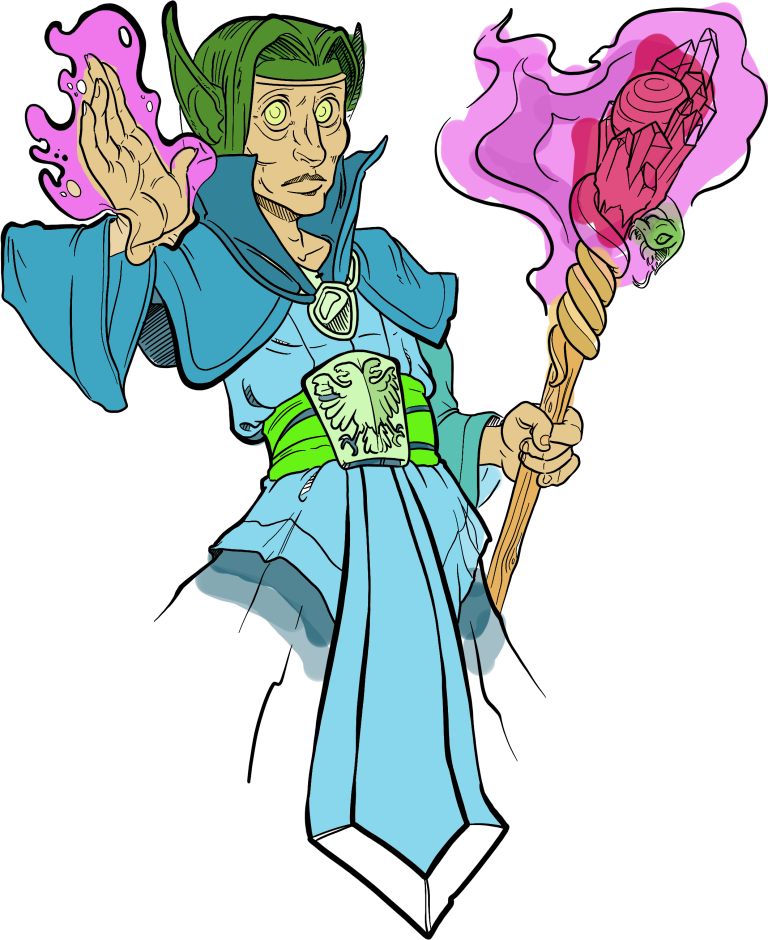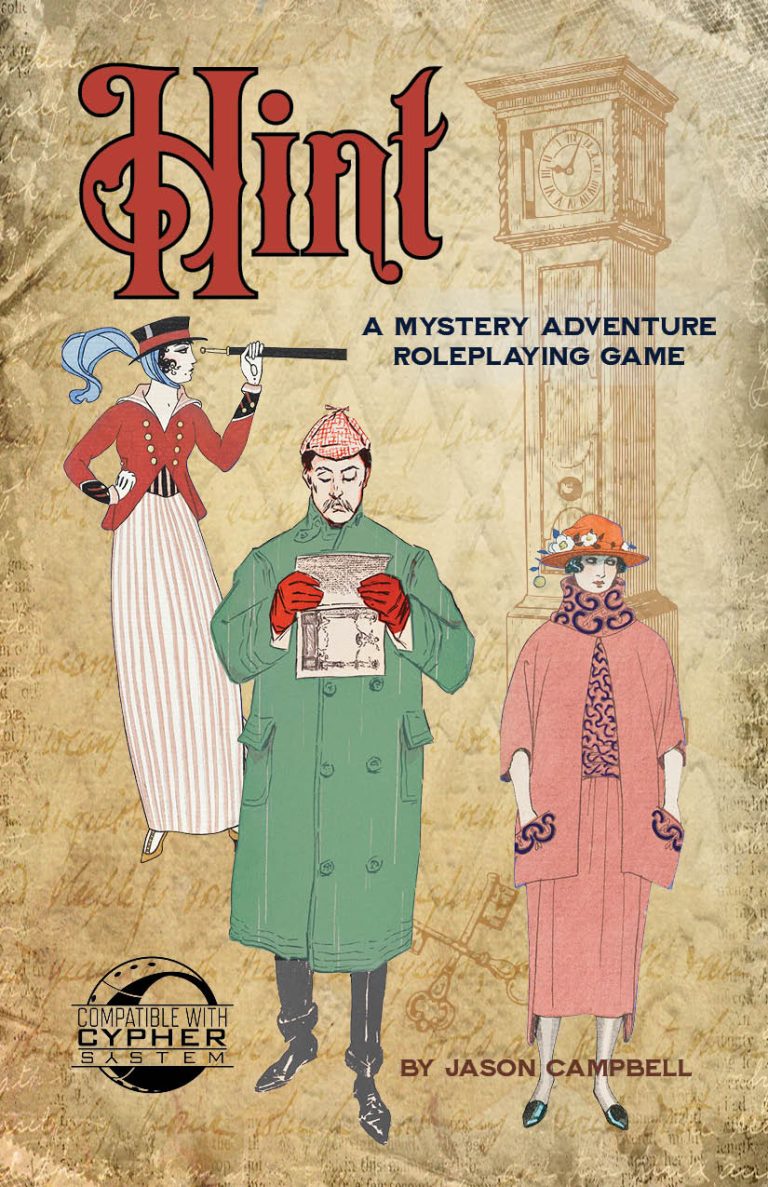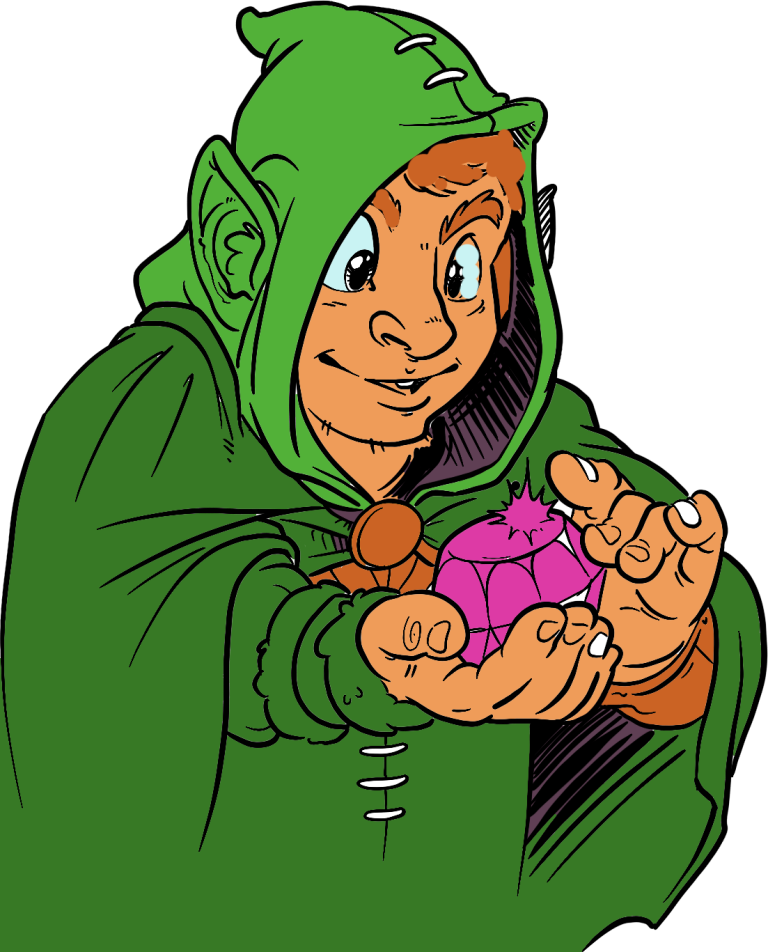There is a lot of good information out there about pacing games for GMs. A lot of it has to do with pacing in terms of telling the story you want to tell, and directing players in a way that still provides player agency. A general rule to follow is to assume that an encounter can run anywhere from 30-45 minutes (for a party of 4+), so if you’re going to have one, you need to kick it off before the final hour or so.
One key way to achieve this is to have a number of locations for the climactic battle. For example, when exploring/clearing out a manor house of cultists, the final battle could take place in the attic, the crypts, or the center of a garden maze, depending on which direction the PCs go. Each location has a different set of interesting environmental factors to play with as well.
A great way to look at it is to think of a one-shot as an out-of-context episode to a cartoon show. It needs to be a self-contained story with a simple enough problem that can be solved in about an hour, which still gives enough time for players to explore, make mistakes, and have some smaller combat if desired.
As a player, one of the most frustrating things can be when other players bring in characters who aren’t there to “do the thing”. It’s important that everyone hits the ground running, all rowing the same direction, so to speak. Players shouldn’t be spending 45 minutes trying to convince someone to leave the bar. Everyone should start the game on the same page and go from there.
If the party is struggling to solve a problem or riddle, the GM needs to have a work around they are able to put out there to the party. If an hour of the game is spent trying to solve one puzzle, it’s not going to be fun anymore – many players will become frustrated and quickly lose interest. Be flexible in how puzzles are solved; sometimes the answer the players create is better than anything the GM can come up with!
And most importantly, be aware of your time. If a game is scheduled for a three hour window, everyone needs to do their best to be respectful of the time of the other players and the GM. Don’t deliberately drag out a part of the story or the combat if it’s going to go well over the agreed on end time.
Pacing in your one-shots is important to keep the story moving along, and players invested. Be flexible in telling the story, and everyone is sure to have a good time.
Leave us a comment and tell us some tricks you use to pace your one-shots!





